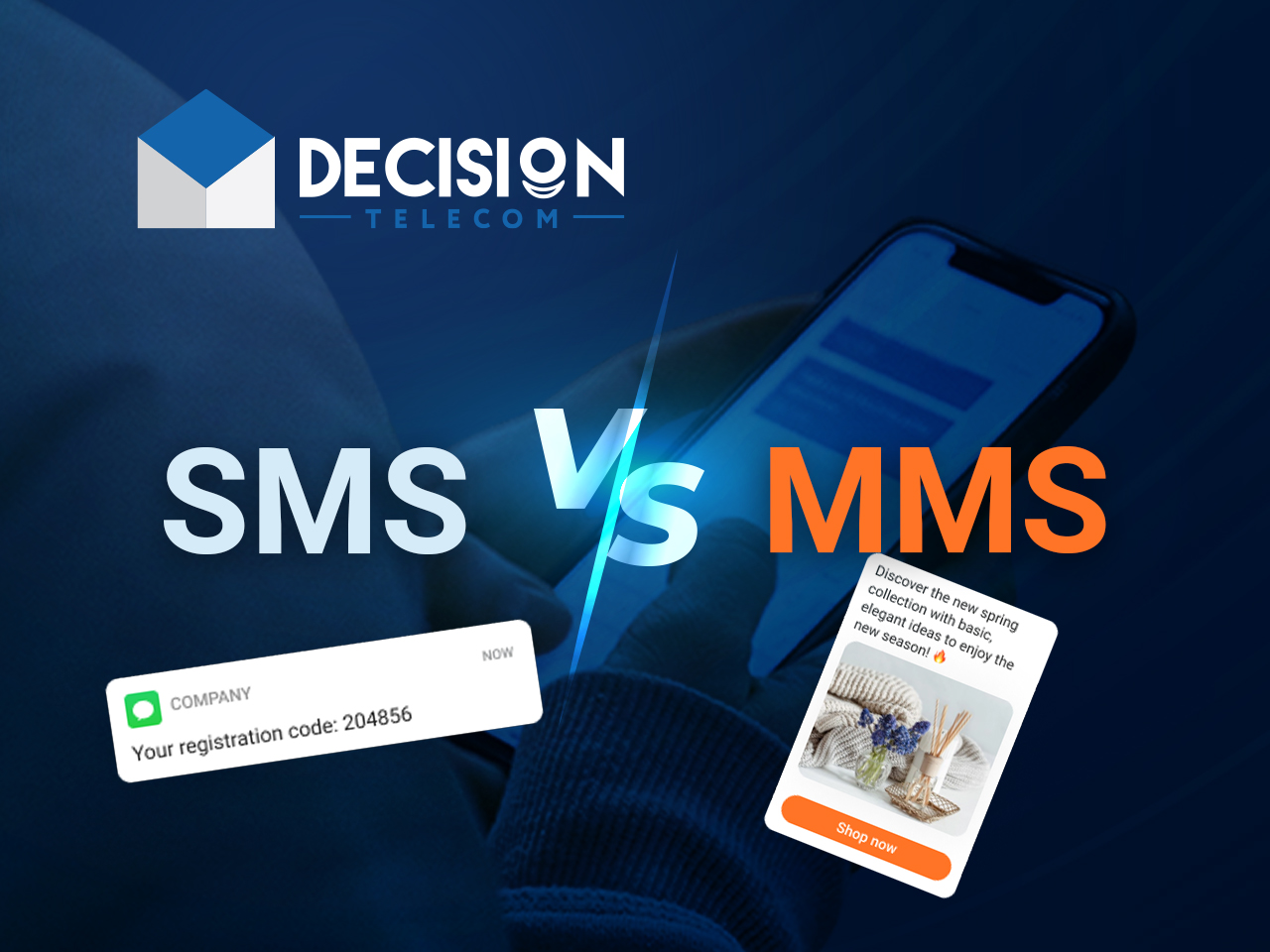MMS video has become an integral part of modern communication, allowing users to share rich media content seamlessly. With the rise of smartphones and instant messaging applications, the use of MMS for sending videos has gained significant traction. This article will delve deep into what MMS video is, its functioning, advantages, and how it differs from other video-sharing methods.
In this digital age, where visual content reigns supreme, understanding the mechanics of MMS video is essential for both casual users and professionals. As we explore the implications of MMS video, we will also discuss its applications in various fields, from marketing to personal communication.
Join us on this comprehensive journey as we unravel the world of MMS video, its benefits, challenges, and future prospects. Whether you are a tech enthusiast or just curious about multimedia messaging, this article will provide valuable insights.
Table of Contents
- What is MMS Video?
- How Does MMS Work?
- Advantages of MMS Video
- MMS vs SMS vs IMS
- Applications of MMS Video
- Challenges of MMS Video
- Future of MMS Video
- Conclusion
What is MMS Video?
Multimedia Messaging Service (MMS) is an extension of the Short Message Service (SMS) that allows users to send multimedia content. This includes images, audio, and importantly, videos. MMS video enables users to send small video clips directly to another mobile device.
The standard size for an MMS video can vary depending on the carrier, but typically ranges from 300 KB to 1 MB. MMS videos can be played on various devices without the need for an additional application, making it a convenient option for sharing.
MMS video has evolved significantly since its inception, reflecting the growing demand for richer communication methods. Its user-friendly nature has made it a popular choice among individuals and businesses alike.
How Does MMS Work?
The operation of MMS video can be understood through the following steps:
- Creation: The user creates a multimedia message on their device.
- Transmission: The message is sent to the carrier's MMS center, which processes the request.
- Delivery: The MMS center forwards the message to the recipient's device, where it can be accessed and played.
It’s important to note that while sending MMS requires a data connection, receiving MMS may sometimes be possible over a standard cellular network.
Advantages of MMS Video
There are several advantages to using MMS video for communication:
- Rich Media Content: Users can share engaging video content, enhancing communication.
- Compatibility: MMS videos can be played on most devices without additional software.
- Immediate Delivery: Videos can be sent and received almost instantaneously.
- Ease of Use: Most smartphones have built-in MMS functionality, making it user-friendly.
- Widespread Availability: Most mobile carriers support MMS, ensuring accessibility.
MMS vs SMS vs IMS
To understand MMS video, it's crucial to differentiate it from other messaging services:
MMS vs SMS
While SMS (Short Message Service) allows for text-only messages, MMS enables users to send multimedia files, such as videos and images. This makes MMS a more versatile option for rich content sharing.
MMS vs IMS
IMS (IP Multimedia Subsystem) is a framework that allows various types of multimedia services over an IP network. MMS is one of the applications that can operate within IMS, providing enhanced features like better quality and additional media formats.
Applications of MMS Video
The applications of MMS video are vast and varied:
- Personal Communication: Individuals can share memorable moments with friends and family.
- Marketing: Businesses use MMS to send promotional videos and advertisements directly to consumers.
- Customer Service: Companies can provide video tutorials and support to customers via MMS.
- Social Media Integration: Many social media platforms allow users to share MMS content seamlessly.
Challenges of MMS Video
Despite its advantages, MMS video faces several challenges:
- File Size Limitations: The size limit can restrict video quality and length.
- Carrier Restrictions: Not all carriers support MMS, leading to compatibility issues.
- Data Charges: Sending MMS may incur additional charges depending on the mobile plan.
- Delivery Issues: Occasionally, MMS may fail to deliver due to network issues.
Future of MMS Video
The future of MMS video looks promising as technology continues to advance. With the rise of 5G networks, the potential for higher quality and larger file sizes is becoming a reality. Additionally, integration with other platforms and services may enhance the user experience, making MMS video an even more attractive option for communication.
Conclusion
In summary, MMS video is a powerful tool for sharing multimedia content in our fast-paced digital world. Its advantages, including rich media sharing and user-friendliness, make it an appealing choice for both personal and professional communication. However, challenges such as file size limitations and carrier restrictions still need to be addressed.
As technology evolves, the future of MMS video holds exciting possibilities. We encourage you to explore the world of multimedia messaging and consider how it can enhance your communication methods. Please feel free to leave a comment, share this article, or explore more content on our site!
We hope you found this article informative and engaging. Thank you for visiting, and we look forward to seeing you again soon!

/what-is-sms-mms-iphone-2000247-Final-5c38a50846e0fb0001673a66.png)
